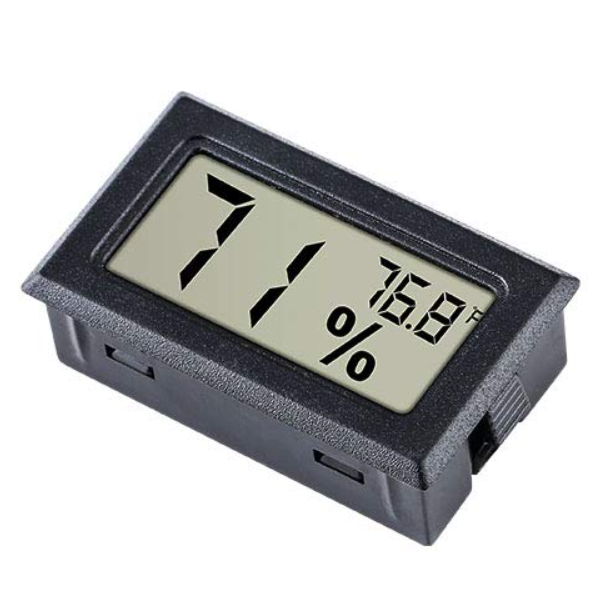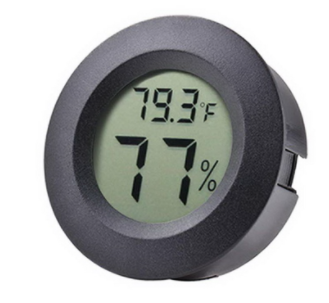Environment Sensors: Difference between revisions
(→pH) |
m (Links) |
||
| Line 1: | Line 1: | ||
| − | In order to create the ideal environment for your cultivar, it is essential to be able to accurately measure it. |
+ | In order to create the ideal [[Growing environments|environment]] for your cultivar, it is essential to be able to accurately measure it. |
== Humidity and Temperature == |
== Humidity and Temperature == |
||
| − | There is a wide range of generic humidity and temperature sensors that are cheaply available. Some connect to a smartphone via Bluetooth and provide a graph of data while others incorporate a small LCD to display current readings. |
+ | There is a wide range of generic [[Temperature and Humidity|humidity and temperature]] sensors that are cheaply available. Some connect to a smartphone via Bluetooth and provide a graph of data while others incorporate a small LCD to display current readings. |
<div align='center'> |
<div align='center'> |
||
Revision as of 20:52, 13 March 2022
In order to create the ideal environment for your cultivar, it is essential to be able to accurately measure it.
Humidity and Temperature
There is a wide range of generic humidity and temperature sensors that are cheaply available. Some connect to a smartphone via Bluetooth and provide a graph of data while others incorporate a small LCD to display current readings.
Some generic examples
Light
pH
When mixing concentrated liquid nutrients with water it's important to ensure the nutrient mix has the correct pH before applying to the cultivar so that it can make use of the nutrients. There is no shortage of digital meters to choose from, however, many cheap digital meters are inaccurate and may drift over time. A digital meter should be recalibrated every few months using a buffer solution depending on how heavy use is. The grow medium being used will determine the margin for error for the applied pH in regards to preventing nutrient lockout.
Total dissolved solids (TDS)
A digital TDS meter can tell you how many dissolved solids such as minerals or nutrients are in your water. This can help make sure the right amount of nutrients are provided to the plant

